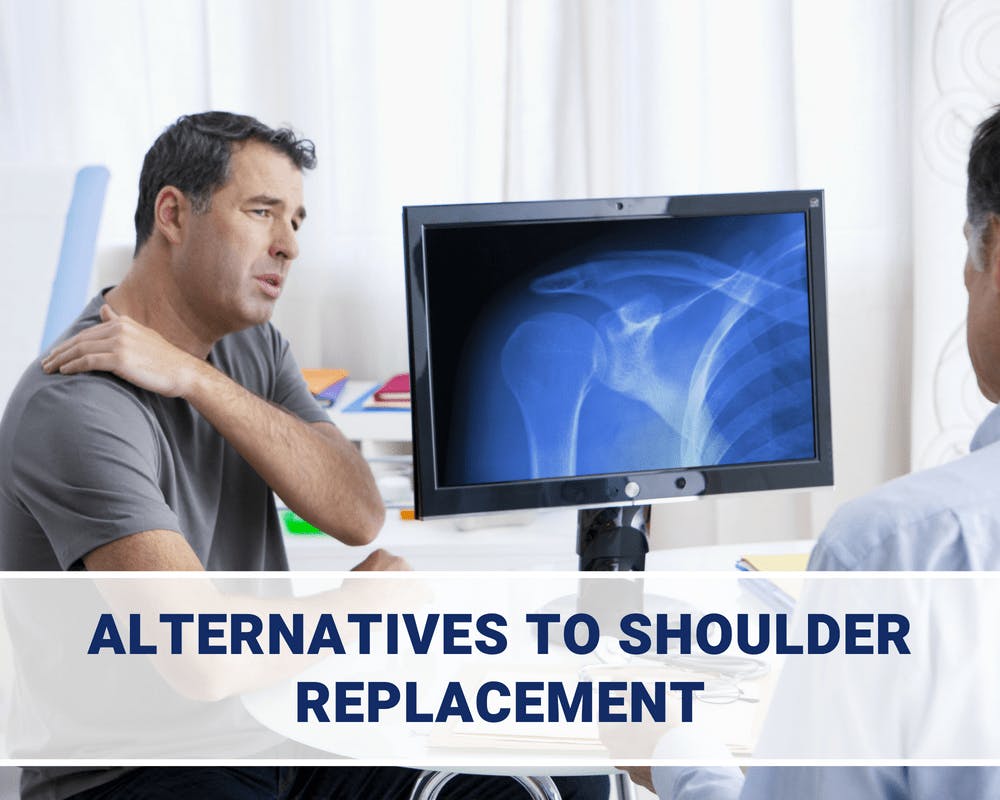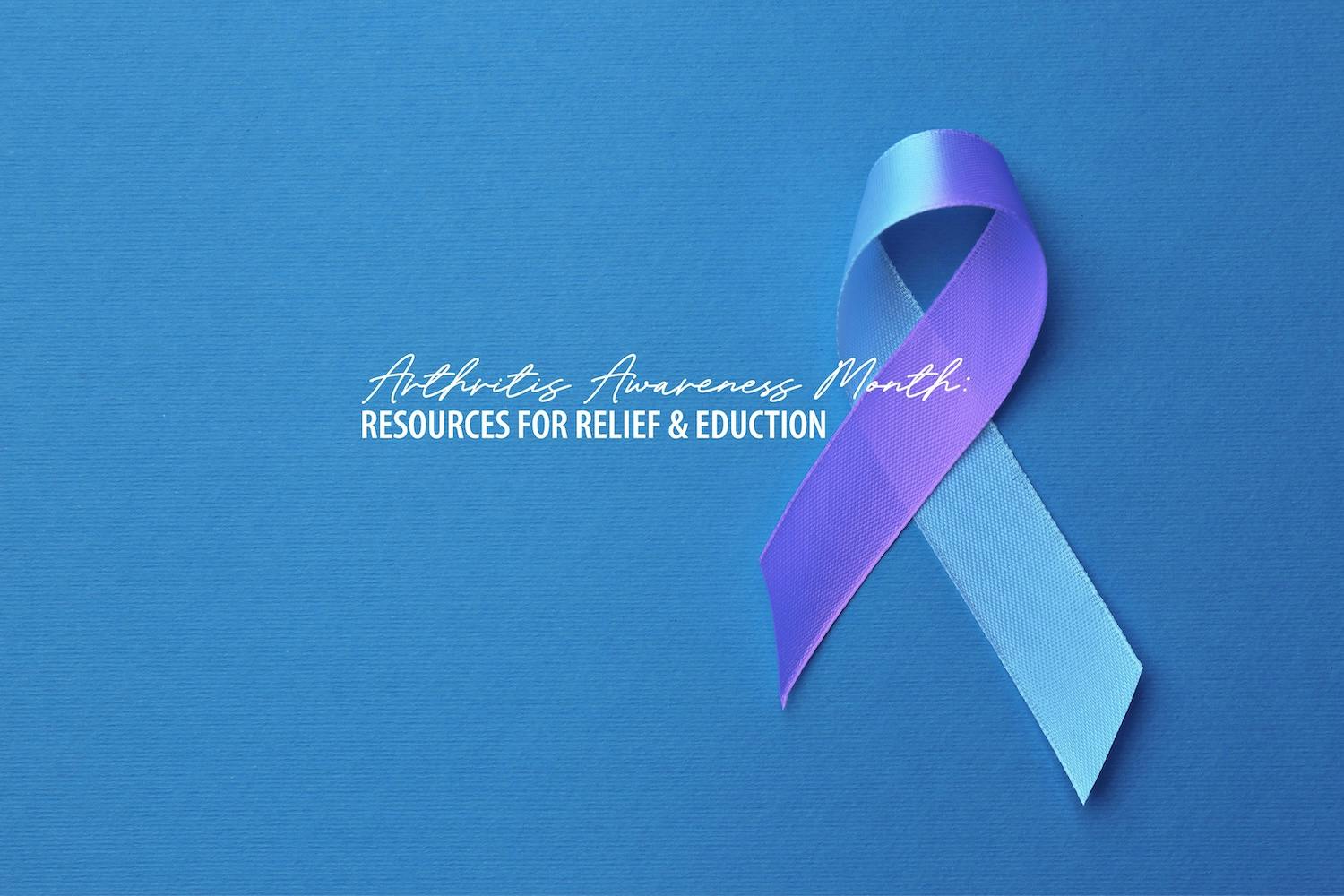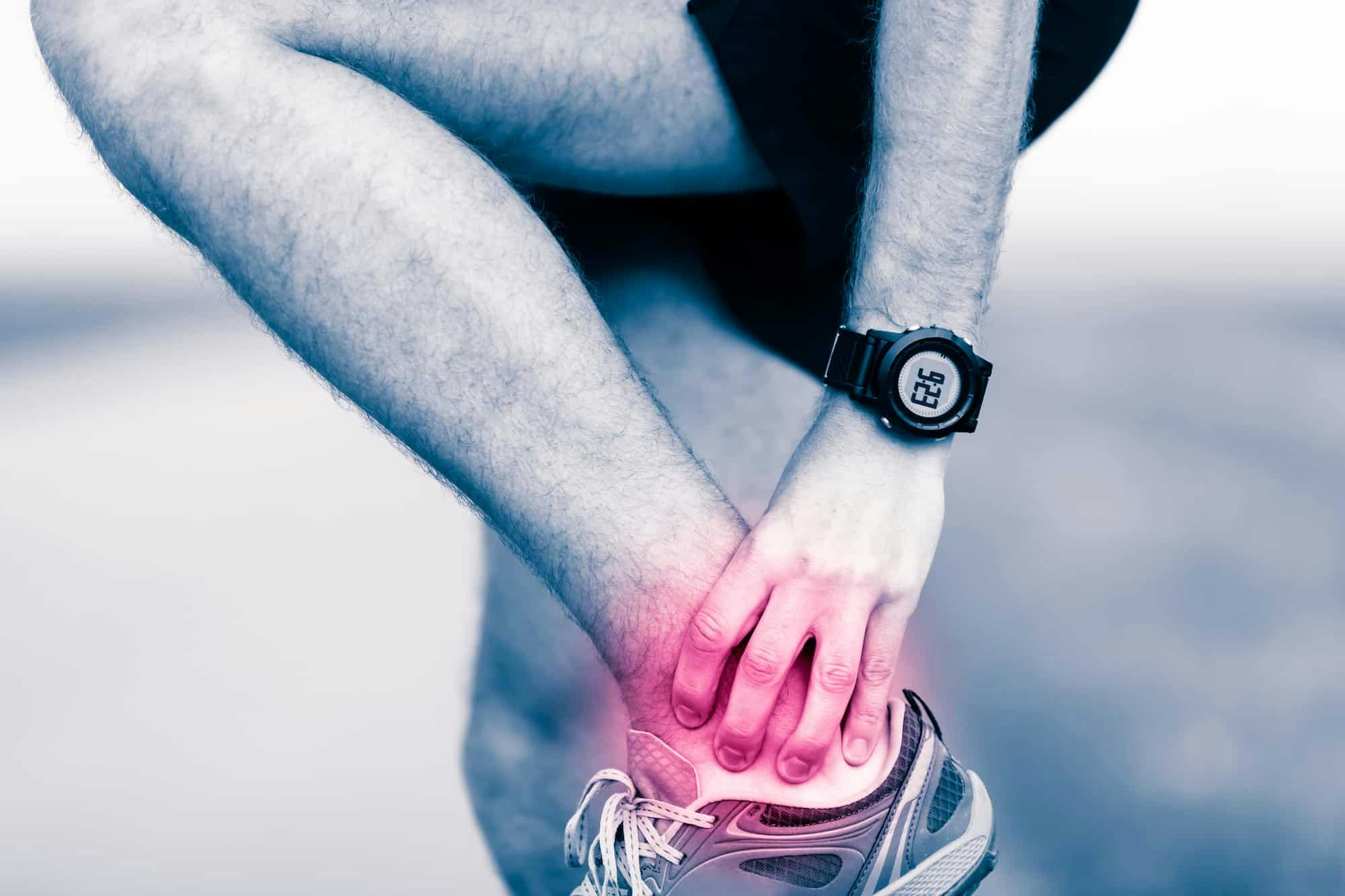- Blog
Shoulder Replacement Alternatives
Posted on 12-22-2025 in Regenerative Medicine by Dr. Chris O'Grady

Posted on 12-22-2025 in Regenerative Medicine by Dr. Chris O'Grady
If you are suffering from shoulder pain, whether it is chronic or acute, you could be a candidate for stem cell therapy or PRP injections. Even if your injury requires surgical intervention, there are regenerative medicine techniques being used today that allow physicians to “stitch” growth factors and/or stem cells into surgically repaired tissue. The only way to know for sure whether or not you could benefit from one of the developing treatments is to consult your treating physician, as there are numerous factors that could affect your eligibility for the procedure.
What is Stem Cell Therapy?
Stem cell therapy is a developing orthopaedic treatment modality that aims to harness the power of the body’s own stem cells to promote healing and recovery. Adult stem cells, which are found throughout the body, have many regenerative and anti-inflammatory properties and possess the unique ability to differentiate or change themselves. This allows stem cells to “grow” into a wide variety of cell types, including muscle, nerve, cartilage and even bone. Many orthopaedic surgeons believe that stem cells could have the ability to treat common soft tissue injuries and conditions, like torn cartilage, arthritis, and muscle tears.
There is evidence to suggest that stem cell therapy has the potential to repair and strengthen damaged tissues throughout the entire musculoskeletal system, but the science is not yet conclusive on the effectiveness of the treatment. Each treatment is unique to the patient and results can vary from case to case. Furthermore, there are no clearly defined clinical protocols for how and when to deploy stem cell treatments in the management of orthopaedic conditions. To that end, there are research studies and trials currently underway around the world to better understand if and how these procedures can impact common orthopaedic injuries and conditions. As part of his clinical practice, Dr. Chris O’Grady offers regenerative medicine procedures like stem cell therapy to help determine whether or not these revolutionary procedures actually work.
What is Platelet-Rich Plasma?
Platelet-rich plasma (PRP) describes the end product of a patient’s own blood that has been extracted and refined to create a far higher concentration of platelets than would normally be present. Best known for facilitating the clotting of blood, platelets, which contain hundreds of proteins called growth factors that reduce pain and inflammation and promote healing, are now being recognized for the crucial role they play in the healing process. This concentrated preparation is injected into the site of injury and the platelets are allowed to go to work promoting healing in the affected anatomy. PRP injections are always created from a patient's own blood, so there are never any foreign substances being introduced to the body during the procedure; it is simply the patient’s own blood that has been manipulated, without additives, to contain high levels of the body’s naturally occurring healing cells.
What can stem cells and PRP treat?
Many clinicians believe that stem cell therapy and PRP have a positive impact on a wide variety of orthopedic injuries. There is evidence to suggest that they can be used to promote healing and recovery in soft tissue injuries of the knee, hip, elbow, shoulder, and wrist. However, both treatment modalities are in the nascent stages of their development, so the science is not yet conclusive on the efficacy of either approach nor is there a consensus on the best clinical protocols for incorporating them into the management of orthopaedic injuries.
What are the benefits of these treatments?
While the safety and efficacy of these therapies are still being vetted, it is believed that there are some major advantages to regenerative medicine versus traditional treatments. First, these procedures are far less invasive than traditional surgical approaches to shoulder pain and can be done in the outpatient setting. They do not require incisions and, as such, the risks of infection and complication are dramatically lower than surgery, and recovery time is very minimal. Oftentimes, the only side-effect of these procedures is soreness at the site of injection. Second, these procedures require very little, if any, pain medication during recovery, so there is no risk of adverse side effects to opioid medication. Given that we are currently in the midst of an opioid epidemic on par with some of the worst drug scourges in our nation’s history, keeping patients off of narcotics during recovery is no small matter. Finally, both procedures rely on the body’s own cells to promote and drive healing, so there are no foreign chemicals or additives being injected into your body.

May is Arthritis Awareness Month, an opportunity to increase public understanding of arthritis and its impact on millions of lives. Established by the Arthritis Foundation, this national observance highlights the importance of early diagnosis, effective treatment, and ongoing research to improve the quality of life for those with arthritis.

With summer in full swing and children taking advantage of more time to participate in sports-related or other outdoor activities, it’s essential to be mindful of injury prevention while encouraging their interest in activities that don’t involve screen time!

May is National Arthritis Awareness Month, and of the more than 100 forms of this painful condition, many can affect the ankle. In fact, almost half of people in their 60s and 70s have arthritis of the foot and/or ankle, but not all of them have symptoms.